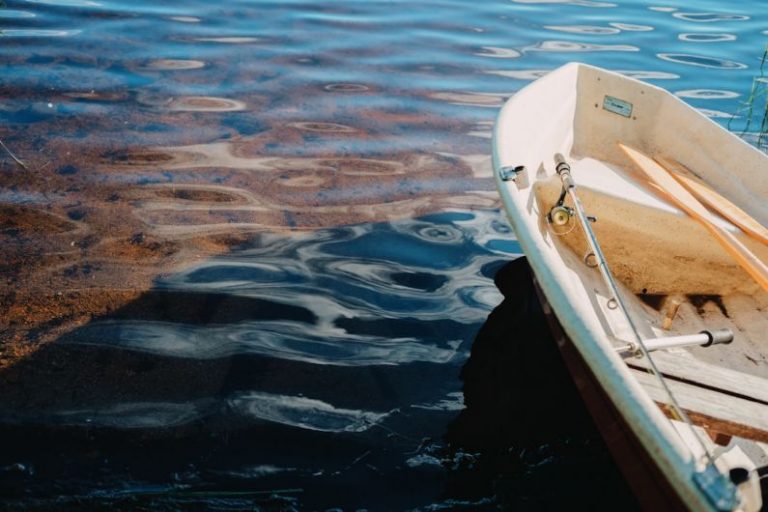
Rowing in low visibility conditions can present unique challenges to rowers, whether they are on the open water or an indoor rowing machine. Reduced visibility due to fog, rain, or darkness can increase the risk of accidents and hinder performance. In order to navigate safely and effectively in such conditions, rowers must adhere to specific best practices that enhance their awareness and control. By following these guidelines, rowers can minimize the risks associated with low visibility and maximize their rowing experience.
Adapt Rowing Technique
One of the key best practices for rowing in low visibility is to adapt your rowing technique to the conditions. When visibility is limited, rowers must rely more on their sense of touch and spatial awareness. Focus on maintaining a smooth and controlled stroke, paying attention to the feedback your body gives you. Use your peripheral vision to gauge your position relative to other rowers or obstacles. By making slight adjustments to your technique and staying attuned to your surroundings, you can row more efficiently and safely in low visibility conditions.
Enhance Safety Measures
Safety should always be a top priority when rowing, especially in low visibility situations. Before heading out on the water or starting a rowing session in poor visibility, ensure that you have the necessary safety equipment on hand. This may include a whistle, a flashlight, or reflective gear to make yourself more visible to others. Communicate with your fellow rowers or teammates about your intentions and movements to avoid collisions. Establish clear signals or calls that indicate your direction or any changes in speed. By proactively enhancing your safety measures, you can reduce the likelihood of accidents and ensure a smoother rowing experience.
Utilize Technology
In today’s digital age, rowers have access to a variety of technological tools that can aid them in low visibility conditions. Consider using a GPS device or a rowing app that provides real-time data on your speed, distance, and position. These tools can help you stay on course and track your performance even when visibility is limited. Additionally, invest in a high-quality headlamp or lighting system that illuminates your path and makes you more visible to others. By leveraging technology to enhance your visibility and awareness, you can row with confidence and precision in challenging conditions.
Practice Situational Awareness
Situational awareness is crucial for rowers navigating low visibility environments. Stay vigilant and constantly scan your surroundings for any potential hazards or obstacles. Keep an eye out for other boats, buoys, or debris that may impede your progress. Listen for sounds that indicate the proximity of other rowers or objects in the water. By maintaining a high level of situational awareness, you can anticipate and respond to changing conditions quickly and effectively. Stay focused and alert throughout your rowing session to ensure a safe and successful outing.
Adaptation and Preparation
Adapting to low visibility conditions requires preparation and foresight. Before heading out to row in challenging visibility, familiarize yourself with the route or course you will be navigating. Make a mental map of key landmarks or reference points that can guide you along the way. Practice rowing in different lighting conditions to build your confidence and comfort level. By preparing yourself mentally and physically for low visibility rowing, you can approach each session with a sense of readiness and resilience.
Incorporate these best practices into your rowing routine to enhance your performance and safety in low visibility conditions. By adapting your technique, enhancing safety measures, utilizing technology, practicing situational awareness, and preparing adequately, you can navigate challenging environments with confidence and skill. Remember that rowing in low visibility requires extra caution and attention, but with the right mindset and approach, you can overcome any obstacles that come your way. Stay focused, stay safe, and keep rowing towards your goals.





